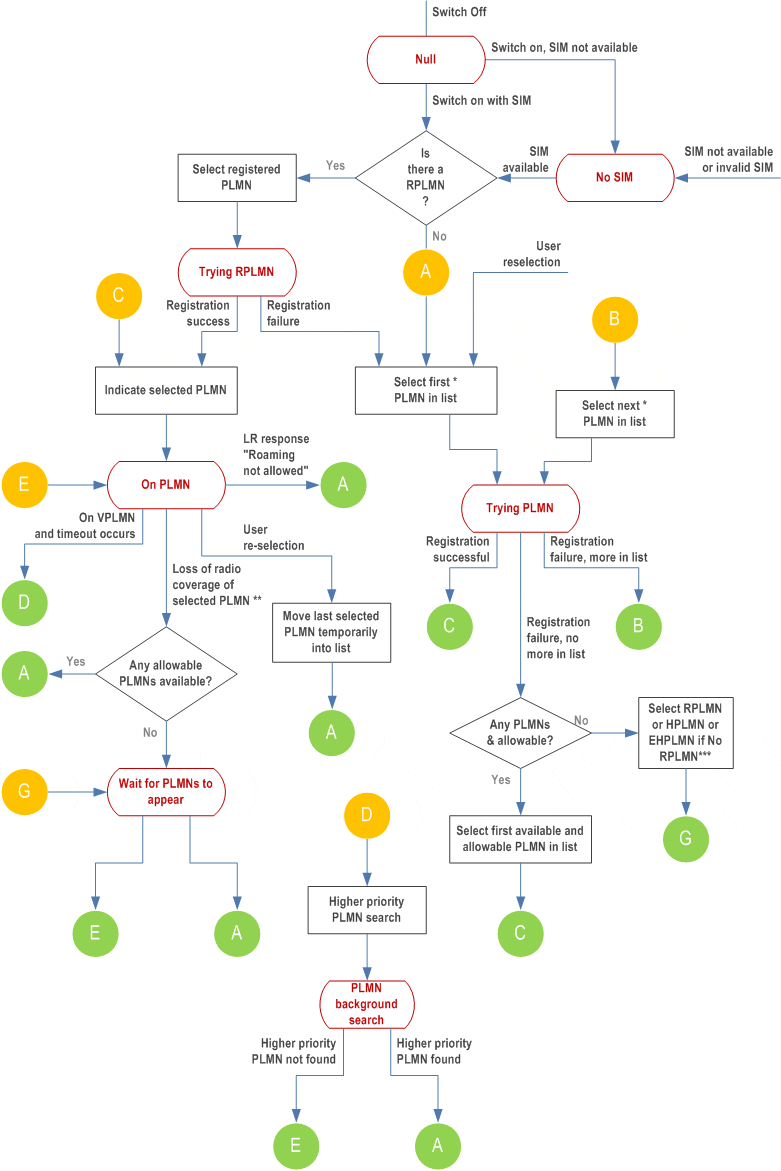How Does an IoT Device Choose a Carrier?

What is Network Selection?
A device connects by default to its “home” network, which is determined by the SIM card manufacturer. When a device travels outside the geographical bounds of its home network, it can typically connect to provider networks that have signed agreements with the primary provider, a process known as directed roaming.
Most cellular devices select networks automatically. This is significant since IoT devices are frequently placed without human supervision, therefore they must be able to manage connectivity autonomously. If there are multiple networks accessible in the vicinity, the device chooses one depending on settings recorded in its SIM and modem firmware, the position and effectiveness of its antenna, and other factors.
How Does Network Selection Work?
Traditional SIM cards connect to the networks selected by their mobile network operator. A device’s modem can be set to automatically select a network (as is most usually the case with cellular IoT devices) or manually. Let’s see how the procedure works in each instance.
Automatic Network Selection
If a device’s modem is set up for automatic network selection, it will scan for available networks when it’s powered on or when it moves into a new geographical area. Based on its findings, the modem will attempt to connect to a network based on rules laid out in the 3GPP TS 23.122 standard:
- First, attempt to connect to home network
- Attach to networks in priority order stored in User Controlled Preference List on the SIM
- Attach to networks based on Operator Controlled Preference List on the SIM
- Attach to any network with a high-quality signal in random order (Note: GSM defines (https://portal.3gpp.org/desktopmodules/Specifications/SpecificationDetails.aspx?specificationId=2664) a high-quality signal as above -85 dBm)
- Attach to any network based on decreasing signal quality
Manual Network Selection
Individual devices can also make the call on which network to join. The process is similar to automatic network selection, but in this case, the device itself (rather than the modem) issues an AT+COPS command to scan for available networks. The list of networks is sorted according to the same 3GPP TS 23.122 standard, and the device makes a decision and issues another AT+COPS command to attach to its chosen network. In case the network rejects the connection request, the device must be programmed with a fallback rule that will allow it to move to the next potential network on the list.
What’s the Role of Network Selection in Cellular IoT?
For cellular IoT deployments, network selection is critical and extremely practical. Consider a fleet management system as an example. A shipping company installs thousands of IoT sensors on its fleet of semi-trucks, which regularly travel across the continent.
As a vehicle travels from one region to another, it must choose a new network to stay connected and continue providing critical data to a cloud-based IoT platform. For the most consistent flow of data, the device, SIM, and modem must be able to select and connect to the best available network in each region with little or no manual intervention.
How Does the IMSI Impact Network Selection?
A SIM’s accessible networks are connected to its International Mobile Subscriber Identifier (IMSI). Single-IMSI SIMs generally limit devices to a single network carrier, leaving them exposed to that carrier’s infrastructure issues and outages, resulting in unnecessary downtime for IoT devices. Some SIM carriers utilise multi-IMSI technology to expand network options.
To support multi-IMSI connectivity, the SIM is preloaded with multiple IMSIs, allowing subscribers to switch carriers when the device moves to a new location. However, while multi-IMSI is a valuable technology with great potential, it does have some drawbacks. A multi-IMSI SIM switches between various profiles dependent on available networks, which might result in lengthier registration periods and variable service experience.